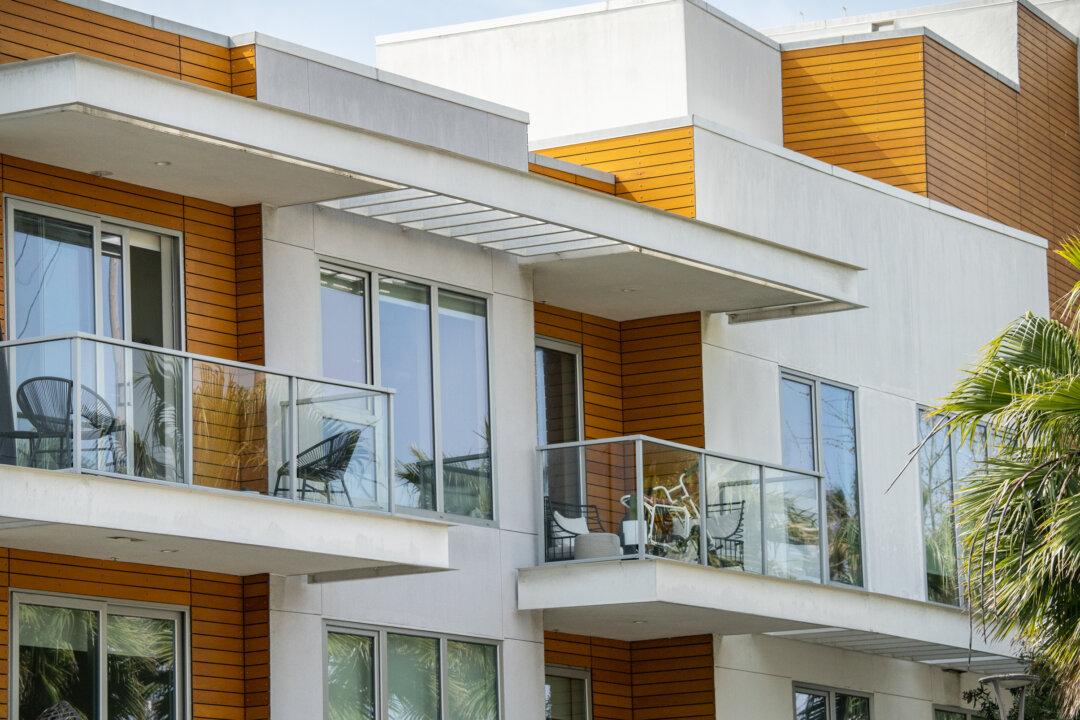Limited supply is driving up housing prices in Orange County, with sales records indicating declining inventory and an uptick in price in June as compared to the same time last year.
“It’s not insatiable demand,” Steven Thomas, founder of Reports on Housing—which publishes biweekly analyses of the real estate industry since its founding in 2004—told The Epoch Times. “It’s actually the fact that there are far fewer homeowners willing to put their homes on the market.”





